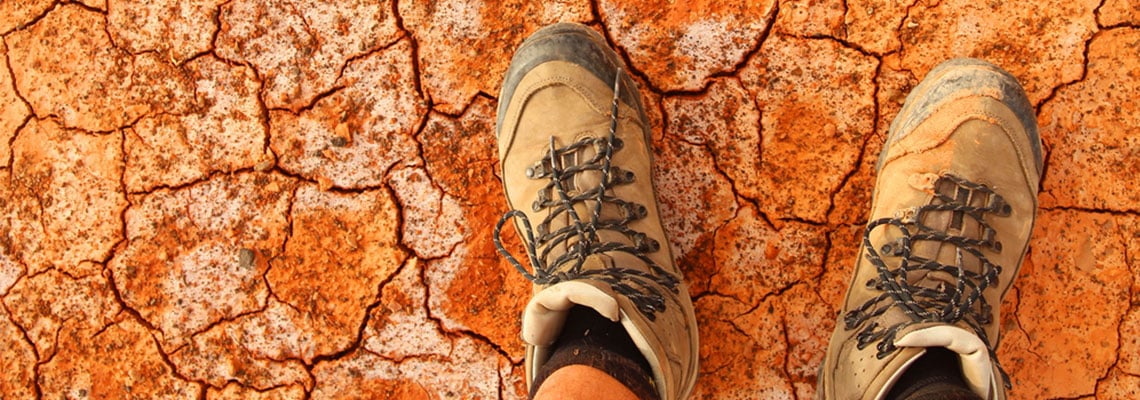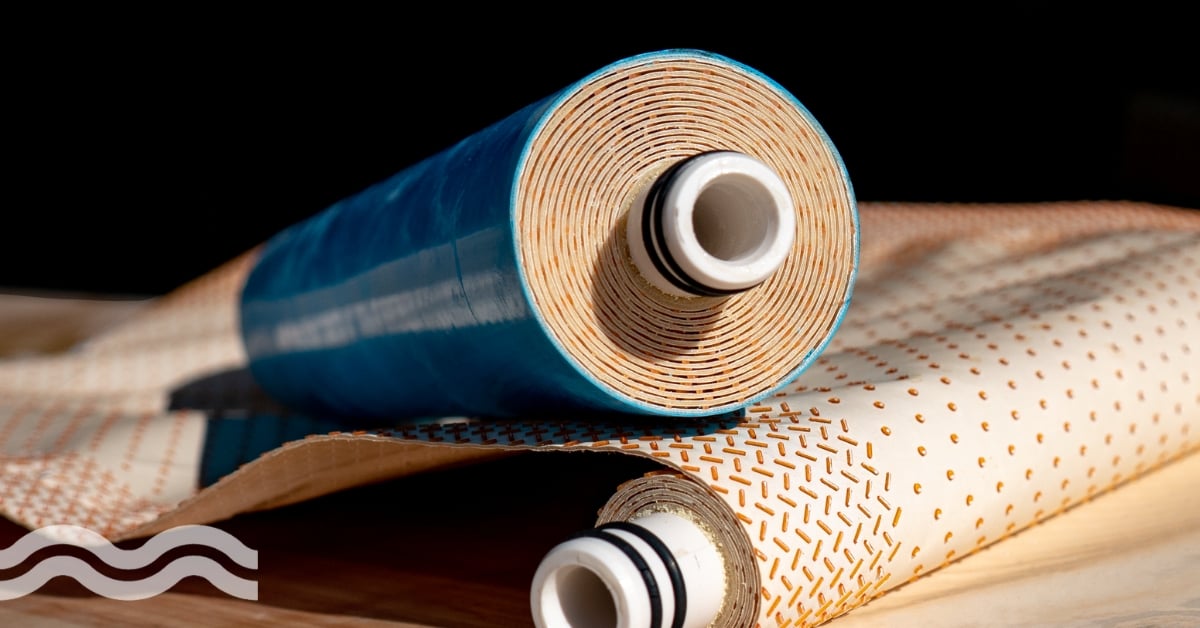Barriers to water reuse not insurmountable for drought-stricken Australia

Learning from global successful water reuse projects could help Australian towns and cities amid current tough drought conditions, finds a new report…
Assisting decision-makers on water reuse
With parts of the country facing a one-in-120-year super drought, efforts are underway in Australia to keep water supplies running during on the driest periods on record. As well as plans to boost output from Sydney’s desalination plant, water restrictions are being enforced in the area to limit outdoor water use from residents. At the current rate, according to WaterNSW, dams in Sydney have enough water reserves to last for another two years. In light of the current challenges and memories of the destructive Millenium Drought, a new peer-reviewed report has been published to help promote and progress potable water reuse discussions in Australia.
Produced by Water Reuse Australia (WaterRA), the report has been designed to help Australian decision-makers as they consider appropriate policies for future drinking water supply augmentation and management.
Learning from water reuse success stories
Potable water reuse has been credited by the World Health Organisation (WHO) as a “realistic, practical and relatively climate independent source of drinking water”.
The report follows a statement from the WHO that says “proponents will need to have sufficient resources and capabilities for successful implementation”.
Multiple water reuse success stories were credited in the report, stating that the two indirect approaches to planned potable reuse have been occurring for over 40 years across numerous countries.
US examples cited included the Los Angeles Montebello Groundwater Replenishment Scheme, the Orange County Factory 21 and the Upper Occoquan, Virginia reservoir augmentation scheme.
Another reference included the well-known case of direct potable reuse (DPR) successfully implemented in the city of Windhoek, Namibia since 1968.
“Some cities have developed planned potable reuse projects that include neither a groundwater replenishment process nor the augmentation of a significant surface water supply,” it stated.
Commenting on the barriers to widespread community acceptance of potable reuse, WaterRA said “the large number of international projects described in this report confirm that the barriers are not insurmountable”.
Experience of water recycling in Australia
While not widespread across Australia, indirect potable water recycling is not completely new to the country, with two projects referenced in the report.
The Western Corridor Recycled Water Scheme (WCRWS) developed in South East Queensland can produce up to 230,000 m3/day of recycled water.
Currently in care and maintenance mode but when needed, the WCRWS is recycled water could be used to augment supplies in the region’s largest surface water reservoir, Lake Wivenhoe.
Based on the current water security planning protocols, the WCRWS will start operation if combined South East Queensland bulk water storages reduce in volume to below 60 per cent of their full capacity.
Meanwhile, the Groundwater Replenishment Scheme (GWRS) in Perth has been operating at full-scale since 2017, with the capacity to recharge the Leederville and Yarragadee aquifers with up to 40,000 m3/day.
This scheme is now undergoing expansion with capacity expected to double (to 80,000 m3/day) during 2019.
By 2060, groundwater replenishment could eventually help to recycle 315,000 m3/day into aquifers near Perth.
Recommendations for potable reuse in Australia
Eight recommendations were presented in the report to allow an “objective consideration of options for potable reuse in Australia”. These included:
- A national strategy for urban water management should be developed to update and extend some aspects of the 2004 National Water Initiative, as recommended by the National Water Commission and the Productivity Commission.
- A renewed national strategy for urban water management should be supported by an appropriate national body tasked with responsibility for overseeing the implementation and suitably funded to meet this responsibility.
- A strategy for increased skills and competency assurance for advanced water treatment processes should be developed, supported and managed by national water industry bodies.
- The module of the Australian Guidelines for Water Recycling, which deals specifically with the use of recycled water for the augmentation of drinking water supplies (AGWR Phase 2), should be revised in future so that this document becomes an additional stand-alone module of the Australian Drinking Water Guidelines (ADWG).
- Australian water utilities should work to develop an enhanced industry-wide water quality safety culture. This should include examining requirements for corporate board composition to include water quality and public health expertise.
- Long-term community engagement strategies should be developed as these have been shown to influence project success significantly.
- The Australian water industry should continue to work toward providing confidence in potable reuse for governments and other decision-makers. This includes confidence that the industry and its regulators can competently manage potable reuse projects.
Urban water planning should be in line with point 5 of the Australian Governments National Urban Water Planning Principles – “Consider the full portfolio of water supply and demand options” without recourse to politically determined policy bans on recycled water.


